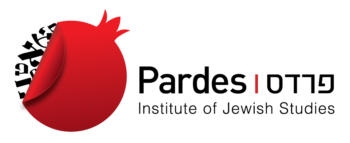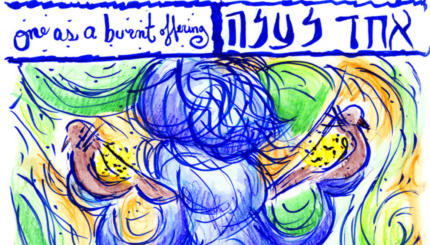Commentary on Parashat Korach, Numbers 16:1-18:32
Questions
1. Which tribe did Korach belong to, and what was his full name?
2. How many men took part in the rebellion and what was their position in the congregation?
3. What was their rationale for the rebellion?

Help us keep Jewish knowledge accessible to millions of people around the world.
Your donation to My Jewish Learning fuels endless journeys of Jewish discovery. With your help, My Jewish Learning can continue to provide nonstop opportunities for learning, connection and growth.
4. What is this reminiscent of?
5. Who were the three other principle leaders of the rebellion in addition to Korach?
6. How did Moses decide to determine who was in the right?
7. How did Dathan and Aviram describe Egypt?
8. What did Moses predict for Korah, Dathan, Aviram, their families, and all that were following them in the rebellion?
9. How long did it take for the rest of the congregation to turn against Moses and Aaron, and what was their grievance?
10. What happened to these rebellious people? How many died and how were the rest saved?
11. What was the inheritance of the Kohanim (priests) in the land?
Answers
1. Korach belonged to the tribe of Levi. His full name was Korach ben Yitzar (16:1).
2. 250 men took part in the rebellion. They were princes, elect men of the assembly, and men of renown (16:2).
3. Their rationale for the rebellion was that the whole congregation was holy. Since God was among everyone, how did Moses and Aaron come off putting themselves above the people? (16:3)
4. This was reminiscent of the earlier conversation between Miriam and Aaron about Moses (12:1-2).
5. The other leaders were Dathan, Aviram, and On (16:1).
6. Each of the 250 men, along with Aaron, would take censers, light them on fire with incense, and God would give signs as to who was right and who was sinning (16:5-7).
7. They described Egypt as a land flowing with milk and honey (16:12-13).
8. Moses predicted that if they lived a natural life and died of natural causes, then they were right. But if the ground opened up and swallowed them, then everyone would know Moses was right (16:29-30).
9. They turned against Moses and Aaron the day after Dathan and Aviram were killed. Their grievance was that Moses and Aaron had killed people of God (17:6).
10. 14,700 rebellious people died from the plague. Aaron, at Moses’ instruction, took his censer from the altar, along with fire and incense, and ran among the people atoning for their sins. Some were saved by his action (17:12-14).
11. The Kohanim didn’t have inheritance. God was their portion and their inheritance (18:20).
Provided by special arrangement with the Pardes Institute of Jewish Studies.



